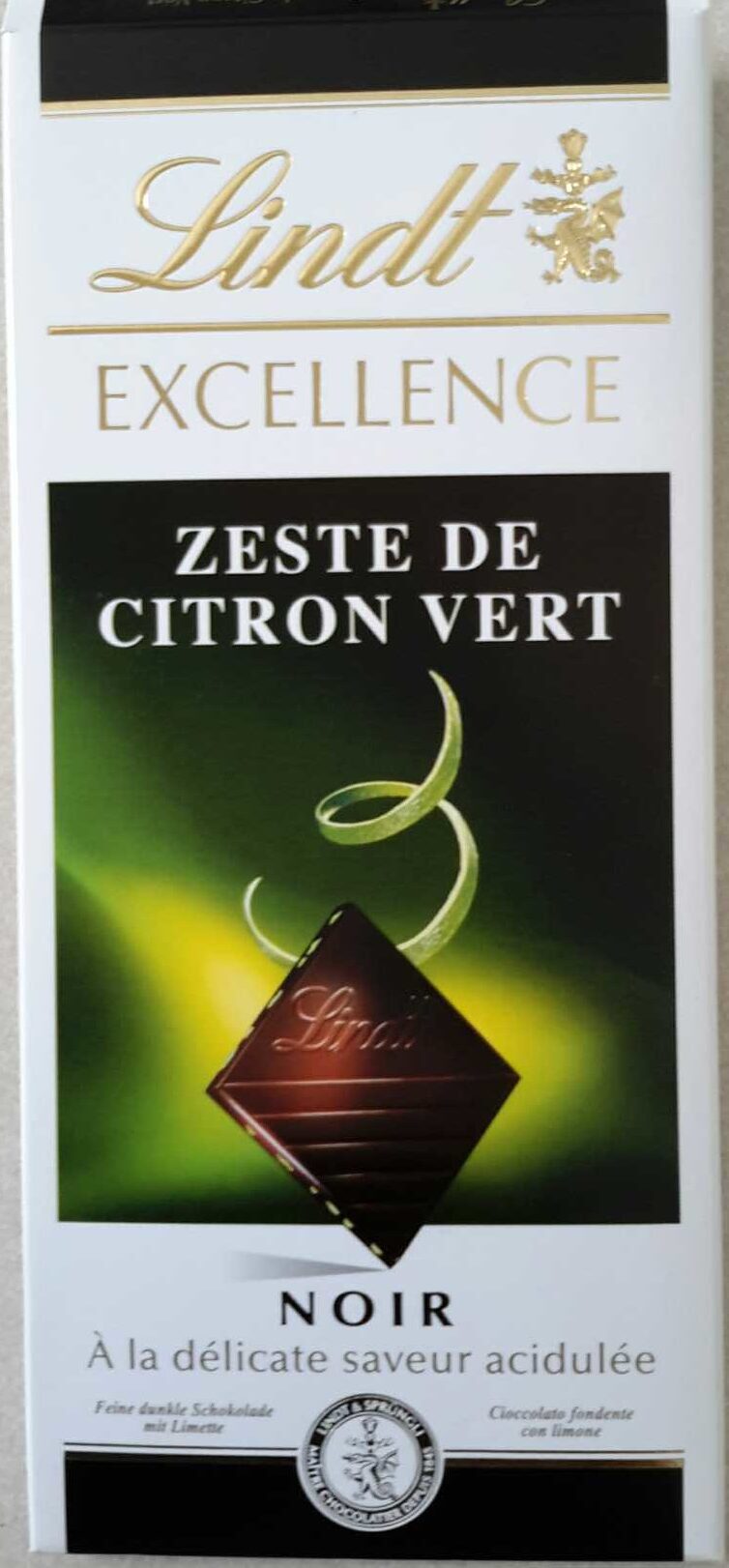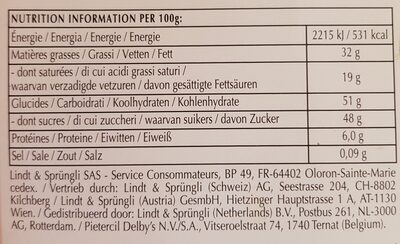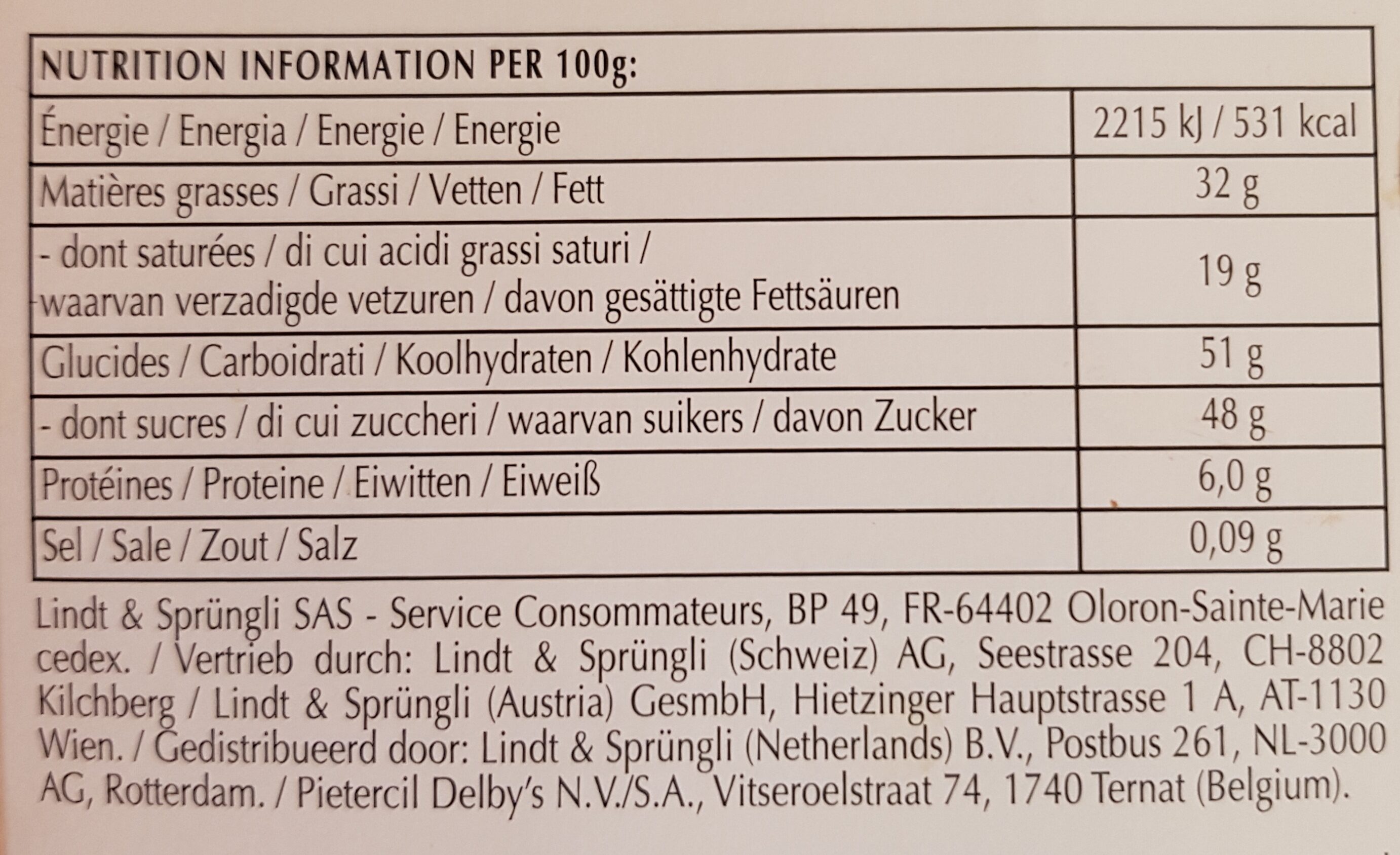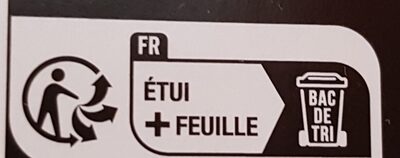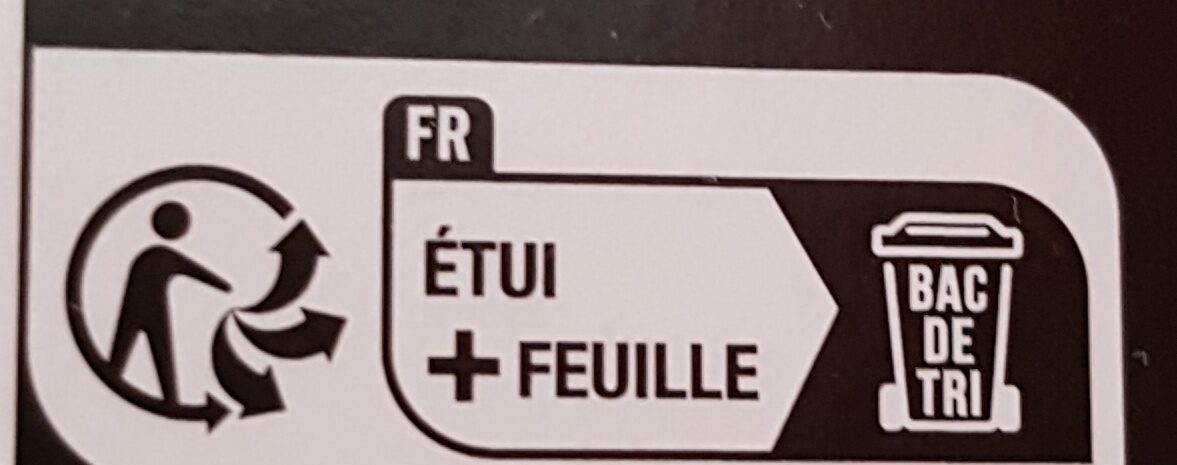Zestes de citron vert Noir - Lindt - 100 g
Aquesta pàgina del producte no està completa. Podeu ajudar a completar-la editant-la i afegint-hi més dades a partir de les fotos ja disponibles, o fent-ne més amb l'aplicació de androide o iPhone / iPad. Gràcies!
×
Codi de barres: 3046920017541 (EAN / EAN-13)
Nom comú: Chocolat noir, extra-fin traditionnel, au citron vert
Quantitat: 100 g
Empaquetament: fr:1 étui en carton à recycler 1 feuille en aluminium à recycler
Marques: Lindt
Categories: Snacks, Aperitius dolços, Cacau i derivats, Xocolata, Xocolata negra
Etiquetes, certificacions, premis:
en:GOST, Fet a França, Triman
Llocs de fabricació o processament: FR-64400 Oloron-Sainte-Marie
Enllaç a la pàgina del producte en el lloc oficial del productor: http://www.lindt.com
Botigues: Leclerc, Magasins U, Esselunga, carrefour.fr, Carrefour
Matching with your preferences
Report a problem
Fonts de dades
Producte afegit per openfoodfacts-contributors
Última modificació de la pàgina del producte per thaialagata.
La pàgina del producte, també editada per benny, date-limite-app, driveoff, fgouget, foodrepo, gluten-scan, guezguez-majed, inf, kiliweb, magasins-u, moon-rabbit, musarana, mverdier, nur, openfood-ch-import, packbot, quechoisir, roboto-app, scanbot, smoothie-app, tacite, teolemon, yuka.SDUwaEY3WTluc0FUb3RzLzFTL081ZEpZbWNLM0F6KzhFODh1SVE9PQ, yuka.U280Yk1ZVUlxT0lPa3NJWTJCL1c2dnRXeVpLVlJsbUpkTVkzSVE9PQ, yuka.U3B4Y0tJMFJpT1l4dk1Zazh4eUU4Tng1MnFPWGNtR3JPOXNSSWc9PQ, yuka.UnA4SEtJTmF0OEFSaS9NLzN6VDF4ZXh1NFllR2RrNnlkT3BLSVE9PQ, yuka.WXZFR0NwNVFuZVFFZ3RvZitpM3dwY2xaMloyN2JWK0tkZXhKSVE9PQ, yuka.sY2b0xO6T85zoF3NwEKvlhwWSMP_uC3dFCTixXCy5IicP4HFQt5V2I7Ubqo, yukafix.

